In the palace of precision in modern manufacturing, there is an invisible "front". The competition here is not about size and scale, but about size control at the micrometer or even nanometer level. Micron-level slitting technology is the cutting-edge technology on this front. It is like a micro-carving master carving on hair, and its precision directly determines the performance limits and future direction of many high-end industries. Today, we dive into this field and explore its serious challenges, current technological breakthroughs, and infinite reverie for the future.
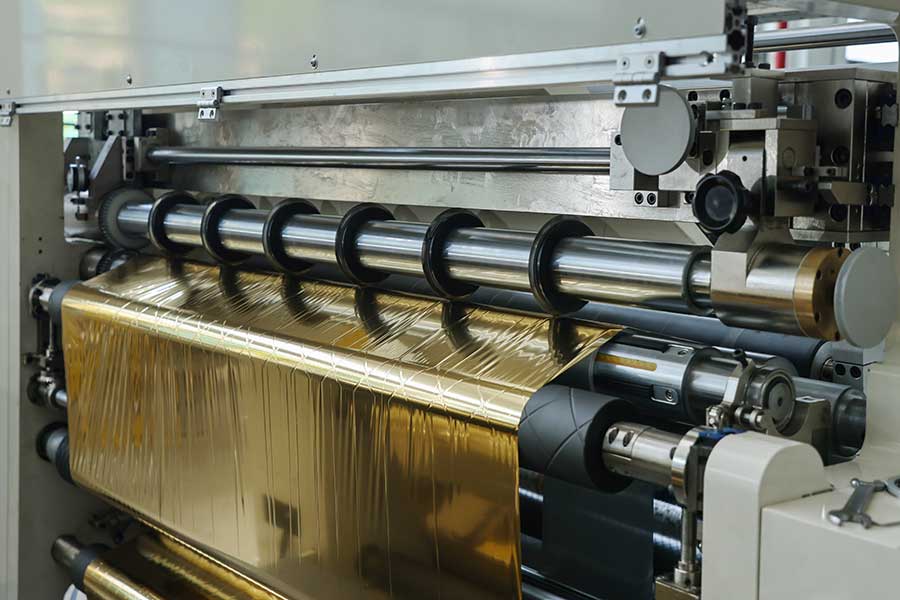
The cornerstone of the present: technological breakthroughs and core challenges
Micron-level slitting generally refers to precision machining technology for cutting films, foils, fibers and other materials into widths between tens of microns and several microns. It has long transcended the realm of traditional mechanical cutting and has become an interdisciplinary discipline that integrates precision mechanics, materials science, dynamic control, and intelligent algorithms.
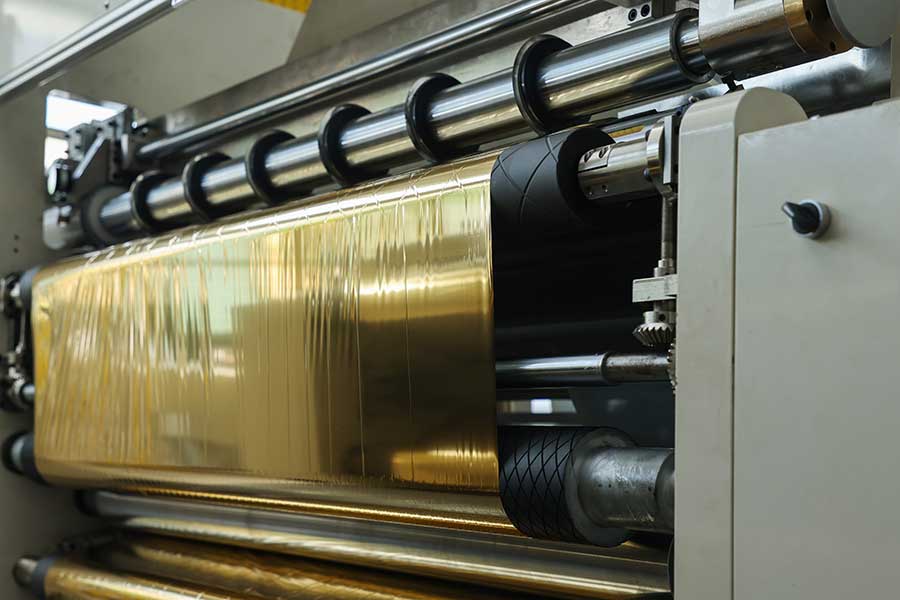
The current mainstream technology paths mainly revolve around the following:
1. Ultra-precision circular knife slitting: This is the most widely used technology at present. By using diamond or cemented carbide tools, slitting is carried out with extremely high dynamic balance and radial runout control. The core challenge is how to suppress vibrations down to the micron level and how to deal with microscopic wear on the tool – a subtle wear that can cause burrs, threads, or collapses on the edges of the product and go from "bad" to "scrap".
2. Laser Slitting Technology: Utilizes a high-energy-density laser beam to instantly vaporize the material, achieving "contactless" cutting. It perfectly avoids mechanical stress and tool wear, especially for brittle materials (e.g. sapphire, silicon wafers) or ultra-thin flexible materials (e.g. PI films). However, the heat-affected zone brought by the laser is its biggest challenge. Heat can change the crystal structure at the edge of the material, creating slag and carbonization, affecting the electrical properties or mechanical strength of the product.
3. Water Conductive Laser Technology: Couples the laser beam into an extremely fine high-pressure water column, using the water column to guide and cool, combining the precision of the laser with the cooling effect of water flow. It effectively reduces the heat-affected zone and is one of the cutting-edge solutions for high-quality, stress-free slitting, but the equipment is complex and costly.
Regardless of the technology, the common core challenges are clear and serious:
• Balance between precision and stability: While pursuing higher slitting accuracy, how to ensure that the accuracy does not drift in continuous production of tens of thousands or hundreds of thousands of meters?
• Unpredictability of material behavior: When a material is cut to micron width, its physical behavior is very different from that in its macroscopic state. Minor internal stress release, anisotropy of the material can cause the product to curl, warp or break after slitting.
• In-line inspection and real-time feedback: How can micron-wide product edge quality be monitored in real time on production lines up to hundreds of meters per minute and process parameters can be adjusted on the fly? This requires that the inspection system itself must also achieve nanometer precision.
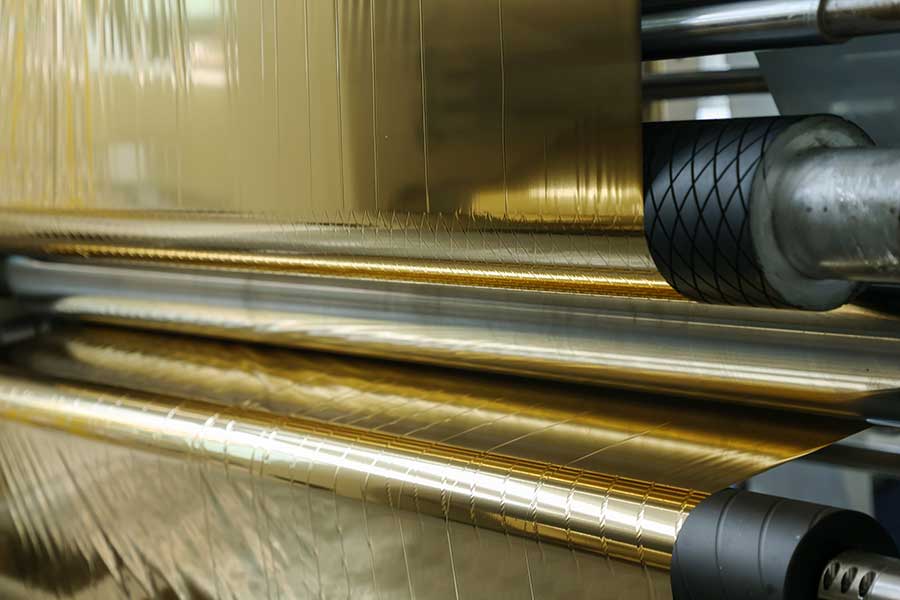
A blueprint for the future: wisdom and innovation that push boundaries
In the face of these challenges, the future of micron-scale slitting technology is evolving in the direction of "intelligence", "limitation" and "cross-border".
1. Intelligent "adaptive" slitting system
The slitting machine of the future will no longer be an icy machine, but an agent with the ability to "perceive-decision-execute". By integrating high-resolution line scan cameras, spectrum analyzers, and other sensors, the system can capture edge topography, width dimensions, and defect information in real time. Combined with artificial intelligence and machine learning algorithms, the machine can autonomously analyze data, predict tool wear trends, and dynamically adjust parameters such as tension, speed, and laser power to achieve true "preventive maintenance" and "adaptive optimization production", turning passive response into active control.
2. New physical principles towards the nanoscale
As the slitting scale moves below 1 micron, traditional mechanics and thermal principles may no longer apply. More will be explored in the future:
• Cold processing technology: such as plasma etching, ion beam cutting, etc., atoms are removed layer by layer by chemical or physical methods to achieve atomic-scale processing accuracy and completely eliminate the influence of heat and force.
• Biomimetic inspiration: Studying efficient and precise "slitting" mechanisms such as cell division and protein cleavage in nature may provide a new technical blueprint for micro manufacturing.
3. Cross-border integration and new material driven
Advances in slitting technology will always complement the development of new materials. With the rise of emerging fields such as flexible electronics, third-generation semiconductors, and perovskite solar cells, new requirements have been put forward for the slitting of heterojunction materials and ultra-thin two-dimensional materials (such as graphene). This inevitably leads to new, customized slitting solutions that push the boundaries of the technology itself.
4. Digital twin and full lifecycle management
In the virtual space, create a completely consistent "digital twin" for each slitting line. Before production, the whole process can be simulated and optimized in the digital world, greatly reducing trial and error costs. In production, virtual and real two-way mapping realizes accurate prediction of equipment health status and full traceability of product quality.
epilogue
Micron-level slitting technology, the art of pursuing the ultimate between square inches, is a microcosm of the precision of modern industrial civilization. It challenges not only the limits of the physical world, but also the boundaries of human intelligence and engineering creativity. From the current steady precision machinery to the imaginative intelligence and nano systems in the future, this road to the limit of precision will surely cut out a more accurate and reliable future for the next generation of key components in the fields of electronic information, new energy, biomedical care, etc. Every time you slit, it is not only dividing materials, but also delineating a new starting line for the tomorrow of the high-tech industry.
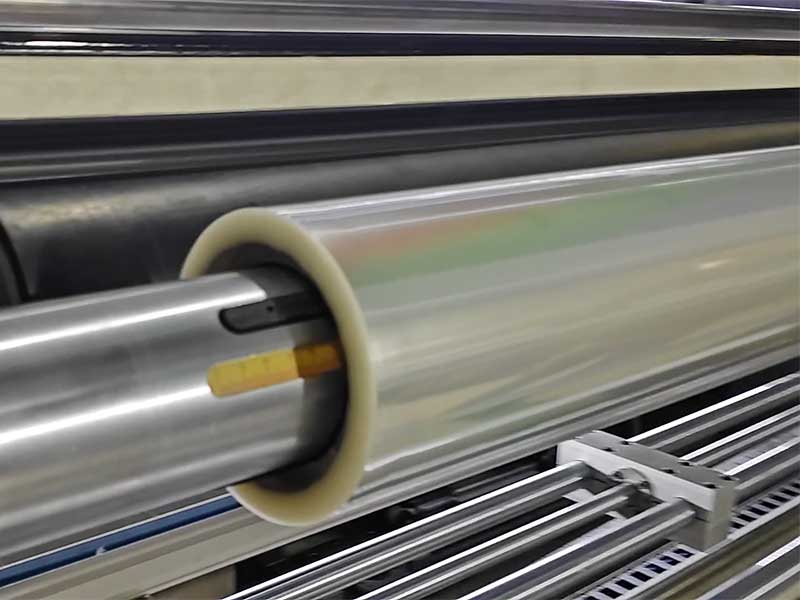
The intelligent control design of the new generation of film slitting machine represents the transformation of industrial equipment from "tool" to "partner".
20. December, 2025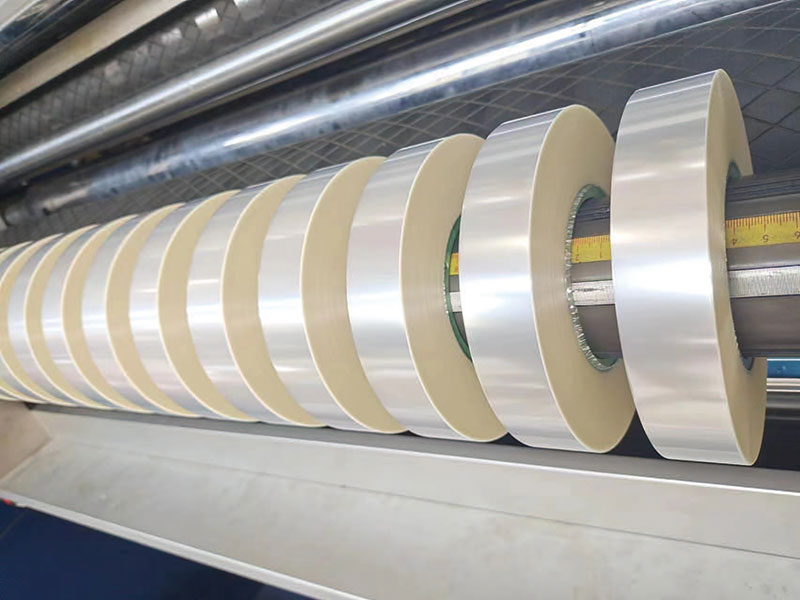
Achieving continuous 1,000 hours of trouble-free operation requires not only systematic technical upgrades, but also all-round innovation from design concept to maintenance strategy.
20. December, 2025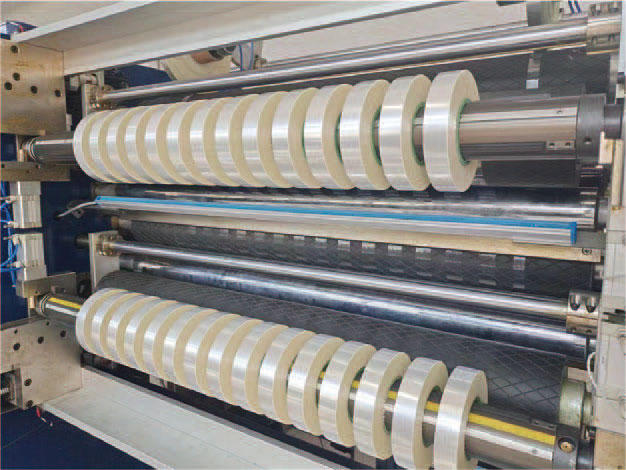
In the face of a dazzling array of models on the market, how to make informed decisions when purchasing?
20. December, 2025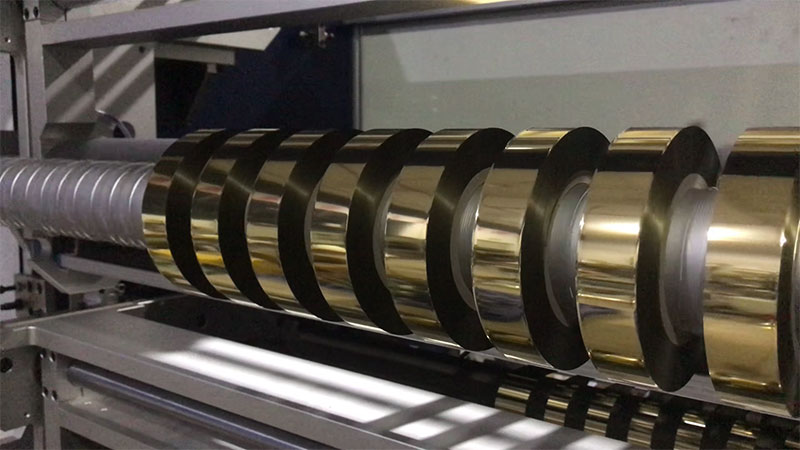
A high-quality hot stamping foil slitting machine can make your profits cut one more time.
19. December, 2025
The real feedback from users is no longer just a "list of complaints" but the most valuable requirements guide for iterative upgrades of equipment.
19. December, 2025